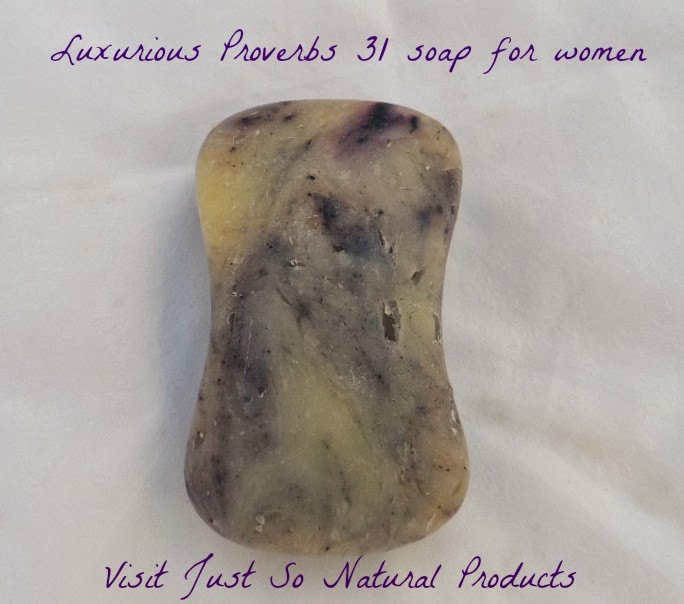Reactive Cookware.
This type of cookware is the most hazardous. The compounds react with food and can allow harmful chemicals to leach into foods and therefore our bodies.
Aluminum
Aluminum conducts heat well but is highly reactive, particularly with acidic foods. Aluminum is toxic to humans, and while proponents of aluminum cookware contend that the aluminum molecules don't get into the food, is it worth the risk? Aluminum foil is also best avoided for cooking purposes.
Teflon-coated
Nonstick chemicals have been linked to birth defects, liver toxicity, cancer, and more. The maker of Teflon warns consumers to keep pet birds away from the kitchen when cooking because "cooking fumes, smoke and odors that have little or no effect on people can seriously sicken and even kill birds, often quite quickly." Even the EPA admits that one of the chemicals, perfluorooctanoic acid (PFOA):- is very persistent in the environment
- is found at very low levels both in the environment and in the blood of the general U.S. population
- remains in people for a very long time
- causes developmental and other adverse effects in laboratory animals
Less Reactive Cookware.
Stainless Steel
Stainless steel is durable, resists cracks, and is the least reactive of all metals. Good quality stainless steel is essential. Less expensive stainless steel cookware may contain nickel and cadmium, which leach into food. To test your stainless steel, combine 1 teaspoon baking soda with 1 cup water and bring to a boil, then taste the water. If a metallic taste is present, the cookware may not be suitable for your kitchen.
Most stainless steel pots will have a number on the base. Look for 18/8 or 18/10. (18 indicates the level of chromium; 8 or 10 is the amount of nickel.)
Cast Iron
Cast iron is durable, a supreme heat conductor, and naturally nonstick. It must be maintained properly to avoid undesirable leaching of iron into foods. Some suggest this iron is desirable, while others say it's not. Either way, it is best to be diligent in cleaning and maintaining your cast iron. One of the best ways to clean your cast iron is with coarse salt. Add some water and scrub with scrubbing cloth or sponge. Rinse and season. See this article for more on the chemistry of cast iron seasoning.Non-Reactive Cookware.
Glass
Glass is quite safe but does not conduct heat well and does not adapt to dramatic temperature changes. Hot glass cookware should not come in contact with wet counter tops, nor be placed in water while still hot. Options for glass cookware include CorningWare, Pyrex, and Visions cookware.
Enameled Cast Iron
Enameled cast iron cookware has been used for more than a century, merging the wonderful heat conductivity of cast iron with the safety of protective, chemical-free glazing (assuming the old-fashioned methods are used). Enameled cast iron can withstand high cooking temperatures, and the heat is evenly spread throughout the cooking surface. This cookware is quite heavy and more expensive, but it can last a lifetime! Options for enameled cast iron include:- Le Creuset
All of Le Creuset's enameled cast iron products are made in France. Their bakeware is made in Thailand and their mugs in China. All are guaranteed to be free of lead and cadmium. Don't hesitate to contact the company with any questions about the manufacturing process. For a fascinating look at the finishing process for enameled cast iron, see Le Creuset's informative explanation page. Le Creuset is available online and at many culinary and home stores. - Staub
Staub is also made in France, is also of highly reputable quality, and is slightly cheaper than Le Creuset. It can also be purchased online and at many culinary and home stores.
- Le Creuset
Whether you cook a lot or a little, safer cookware will go a long way toward improved health and simpler living.
In the following video, I take a look at the various types of cookware and demonstrate an alternative magnetic test for metallic content.







Thank you so much. This is an area that I have wanted to learn about.
ReplyDeleteThank you for sharing this information. The only comment I have is about the cleaning of cast iron before seasoning it. I don't like the idea of putting oven cleaner on my pans.
ReplyDeleteMy daughter and sister both suffer from chronic sinus infections, any idea how they tested for the mold spores in the nasal passages? I just happened upon your page today, thank you:)
ReplyDeleteThere is a swab test. An ENT might be more likely to know the test. With sinus issues it's always a good idea to consider the home, work, or school environment to rule out anything toxic that may be contributing to this.
ReplyDeleteVery scary stuff. We've been using nonstick for years, I've never heard of this before.
ReplyDelete